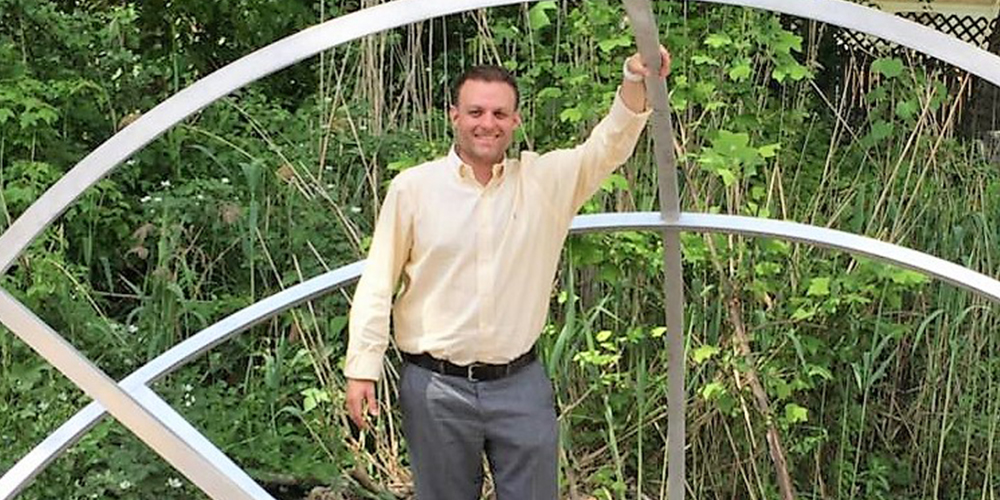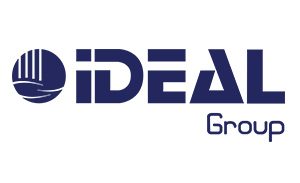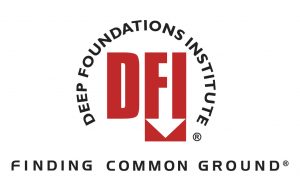Recently, I presented a seminar to an engineering firm in Manhattan. Our seminars, your basic lunch & learn, are an excellent educational tool for architects and engineers who want to learn more about helical piers and anchors. As part of my normal summation, I pointed out that Danbro Distributors has our own engineer on staff who would provide complimentary technical support for prospective projects. Nine days later, we were contacted by the lead geotechnical engineer of this firm for a feasibility assessment on using helicals for one of their projects. The very next morning Steve Gencorelli, P.E. responded with a recommendation that a 2 7/8” pipe pile would achieve the load at a depth of 20’ to 25’. He suggested that a pre-drilling may be necessary to penetrate a hard layer of urban fill and stated he was recommending a thicker wall thickness with higher torque values to further facilitate installation. Steve also pointed out that, with a 2.5 safety factor, a load test would not be required by the NYC DOB code.
This solid nuanced recommendation and quick turnaround are characteristic of the engineering support busy professionals have come to rely upon when dealing with Danbro Distributors. In addition to seminars for PDH credits, we have learned that fast reliable feasibility assessments aid engineers and architects in appraising the viability of helical piers for their projects. While we are not the only manufacturer or distributor who offers this service, I maintain that our experience and grasp of helical technology is unparalleled and a true difference-maker.
Beginning his career at Danbro in 2011, Steve has been designing deep foundations since 2001. He is licensed in eleven states in the Northeast and Mid-Atlantic and in Washington, DC. Over the years, he has developed a good feel for the different geological profiles in these areas. In addition, Steve has archived years’ worth of individual, project-specific, geotechnical reports to supplement and verify his overall knowledge. I recently interviewed him to get his take on some of the major changes he has observed in the helical industry in the past 8 plus years. “In general,” he began, “helicals are more widely used and better accepted by professionals and others. Initially, they were used in compression on relatively lightly loaded structures, a lot of new construction, underpinning, and in tensions for bulkheads and retaining walls. Now, I see drawings with much higher capacities on bigger projects: heavy civil, 6+ story buildings, large prefabricated buildings, and the like.”
I asked him to elaborate on some of the reasons for this greater acceptance. “Well, you always had a sizable group of geotechnical and structural engineers who were experienced with helicals and used them, but in recent years, the audience has grown. Natural events, like Hurricane Sandy, exposed code officials and other government officials to them. The Build It Back and NY Rising programs relied heavily on helicals and proved their reliability and efficacy. Professionals, who may have previously been unfamiliar with them, experience their value through similar programs. Helicals help solve challenging site issues and the professional community, from recent graduates to senior practitioners, is on to these virtues.”
Gencorelli also believes regulations and regulators, code officials, and government entities have played a role in the growing popularity of helical technology. Are specific helical codes growing the pie?
“Yes… and no,” he answered. “Specific codes which do clearly delineate the rules of the road make it easier for engineers to confidently recommend them, but sometimes can be more restrictive than necessary. It’s a double-edged sword. Overall, structural engineers need to be more stringent and exacting when placing helical piles on their drawings. Mandated borings, signed/sealed design submittals, and third-party inspections are a necessity and I require them on each of my drawings. This specificity enables engineers to confidently recommend helicals and to tap into their vast potential.”
Steve’s take on the future is that current trends with professional designs, mandated borings, and third-party inspectors will continue. “I see more helicals on larger projects, more regulation, and greater, more wide-spread acceptance. I think you will see more buy-in from the government/public sector with highways, public transit, and various Authorities. The future is bright and unlimited!” he predicted.
It is this optimistic, experienced, disciplined, professionalism that Steve Gencorelli, P.E. brings to the table with every project he works on. His expertise is not only a great asset for Danbro and our clients, but it confirms his role as a great ambassador for the helical pier and deep foundation industry.




